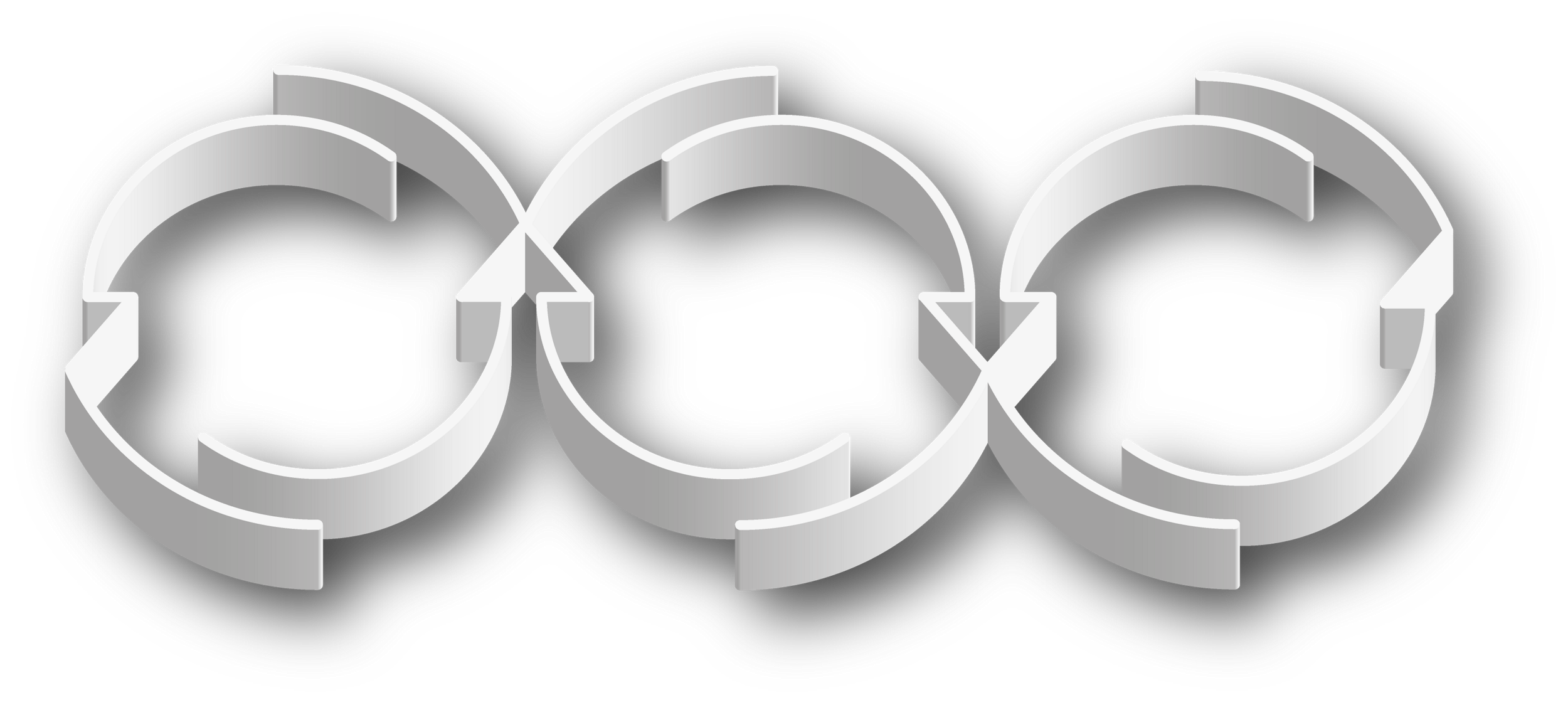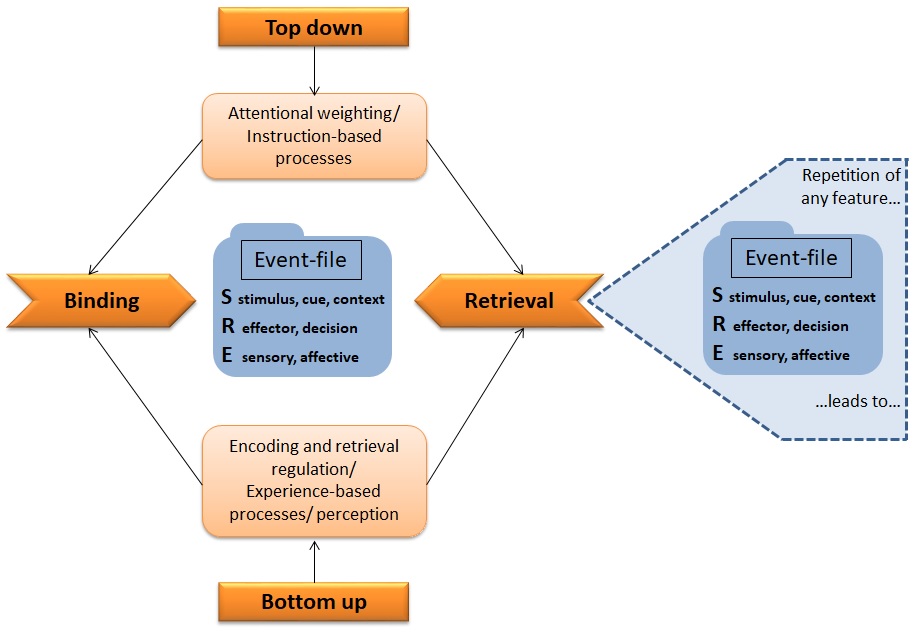Binding and Retrieval in Action Control (BRAC)
A framework to explain how one executes an action with the information available in the environment
By Mrudula Arunkumar in Learning Stimulus-Response Pairs Cognition
March 5, 2022

DFG as a part of a Research unit consisting of multiple German Universities.
Understanding BRAC through Pavlovian Conditioning
My contribution to the Research Unit is by studying more long term phenomena such as learning and exploring how they influence short term stimulus response bindings in explaining action control and execution

1. Selective learning (Overshadowing)
Learning in my research projects are established through contingencies and at the experimental level represented as a form of contingency learning where cues are contingent with a target stimulus. In this goal, we studied how saliency of cues can influence what is being learnt and how a more salient cue is learnt compared to absence of learning for the nonsalient cue which was also contingent with the stimulus. Interestingly this seems to be driven by insight or awareness of the contingency between the cue and the stimulus and not by automatic build up of repetitive stimulus response pairings.
- Posted on:
- March 5, 2022
- Length:
- 1 minute read, 187 words
- Categories:
- Learning Stimulus-Response Pairs Cognition
- Tags:
- hugo-site
- See Also:
- A Spoonful of Hugo
- A third post
- A second post